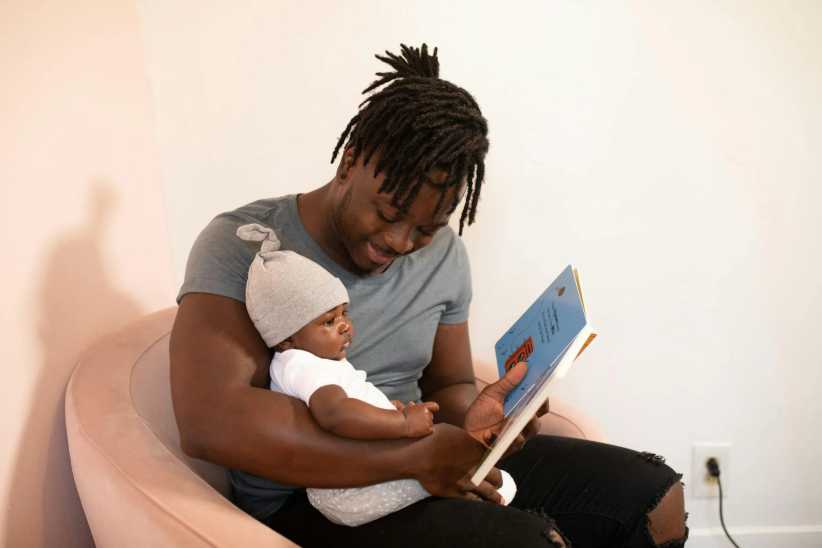During the traumatic days of lockdown, many Americans turned to furry, finned, and feathered friends for comfort during the crisis. In fact, pet adoptions went up 57 percent in 2020, according to Shelter Animals Count, a national database of shelter animal statistics and facts. And a recent survey from Westchester’s Banfield Pet Hospital, a major provider of preventative veterinary medicine, shows 1 in 3 people adopted a pet during the pandemic.
This is great news for once-homeless animals, but as society slowly returns to pre-pandemic normalcy, our kids will undoubtedly run into a stranger's—or even a friend's—pet. How do parents ensure that their kids interact with these animals safely and appropriately? We spoke with local experts about how to make every pet encounter a good one.

Ask before you pet.
It's hard for even adults to resist petting cute dogs, but parents should tell their kids to ask permission before attempting to touch any pet, according to Joel Navratik, D.V.M., CEO of MRVL Pet Pharmaceuticals.
“Once you have been given permission by the owner, approach the dog slowly and pet the dog gently,” Dr. Navratik says. “Avoid reaching for the face of the dog on initial contact. If you avoid the face, that keeps you safer and farther from the dog's mouth in case the dog gets startled and reacts with a snap.”
If you know the owner of the dog you are meeting, take the opportunity to ask about the dog's likes and dislikes before attempting to touch or pet him. No one knows the dog better than his owner.
“Ask what the animal is comfortable with,” says Jessica Pownall Hartmann, director of education at the Staten Island Zoo. “Do they like to be pet behind the ears? Do they like to not be pet at all? Do they like to be talked to or left alone? Find out the animal's personality and what they like, the same way we like people to think about that when they interact with us.”
How to Observe an Animal's Body Language
Just like humans, dogs give out signals to tell us how they feel. A dog wagging his tail is most likely approachable. But if the dog is snarling, has his ears back, is cowering, or gives any signal that he is not happy to greet you, it's best to stay away, Dr. Navratik says.
Why You Should Never Hug a Dog
As tempting as it might be for a child to cuddle or hug a dog—especially one who is extra fluffy like a plush toy—parents should tell their children to refrain. There are some dogs who don't enjoy this type of attention, but they tolerate it until it's too late.
“Dogs can't say that they've had enough, so they could bite to show that they want it to stop,” says Donna Reiss of Freedom Dog Training, a pet training service based in Staten Island.
RELATED: Pet Stores in and Around NYC
Handle small animals with care.
The most important thing to remember with small animals like rabbits, hamsters, and gerbils, is to handle them lightly because of their size and fragility.
“We have to remember to be gentle with animals, particularly the smaller animals, because we are much bigger than them,” Pownall Hartmann says. “Even when we think we're being gentle, we have to remember to be even more gentle, especially when it comes to something like a hamster or guinea pig.”
Some small animals don't mind being pet, but many don't like to be picked up because they don't feel safe when there is no ground beneath their feet. “We want to make sure the animal is comfortable and wants to be friends with us, so we want to make sure we are extra gentle and extra soft with them,” Pownall Hartmann adds.
How to Teach Your Kid Respect for all Animals
The most important lesson parents can teach their children about pets—and animals in general—is to have respect for all of them. “Animals are living, breathing creatures. Learning at a young age to be gentle and show compassion for animals is a lesson that will benefit a child,” Reiss says. “It's an important life lesson.”























